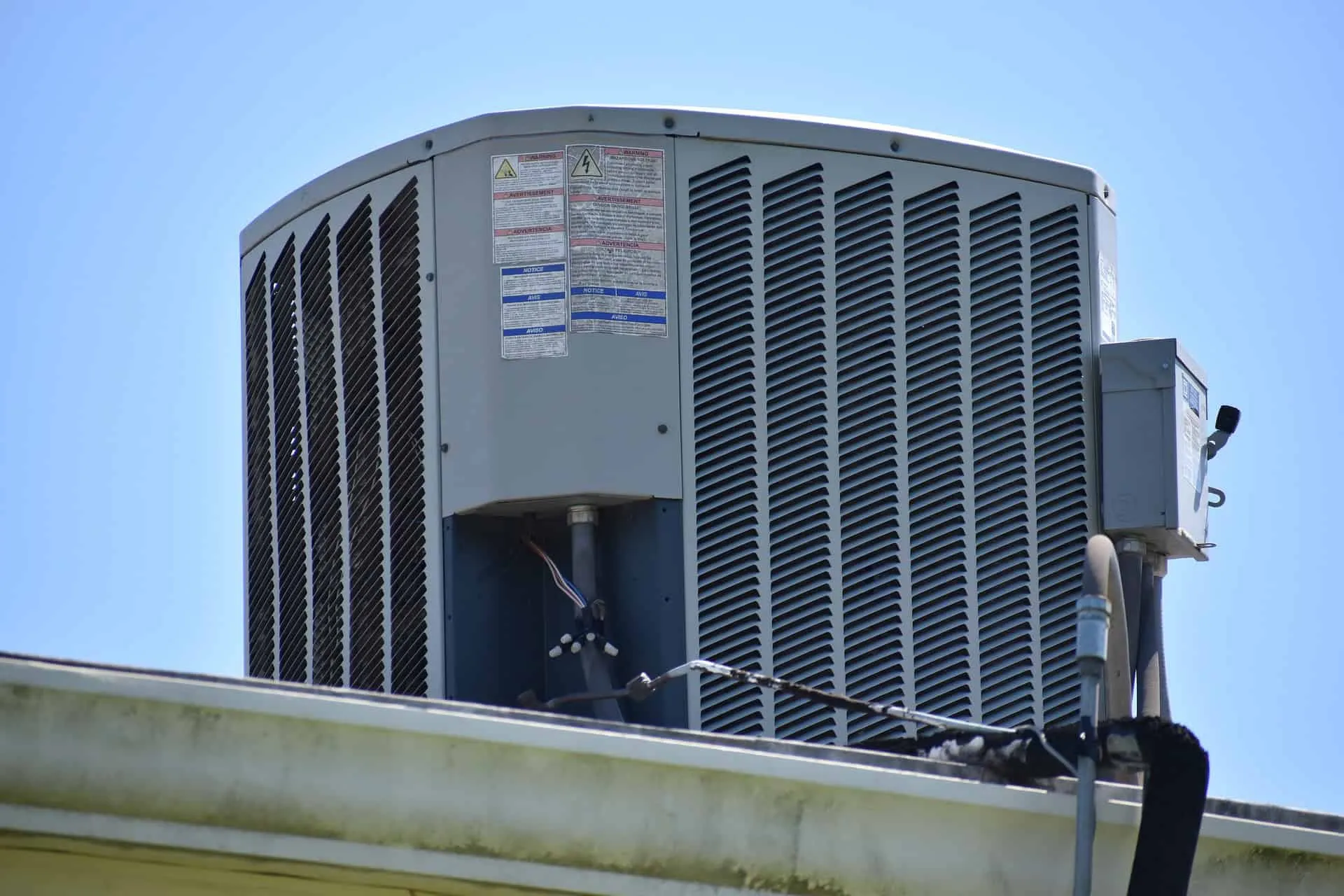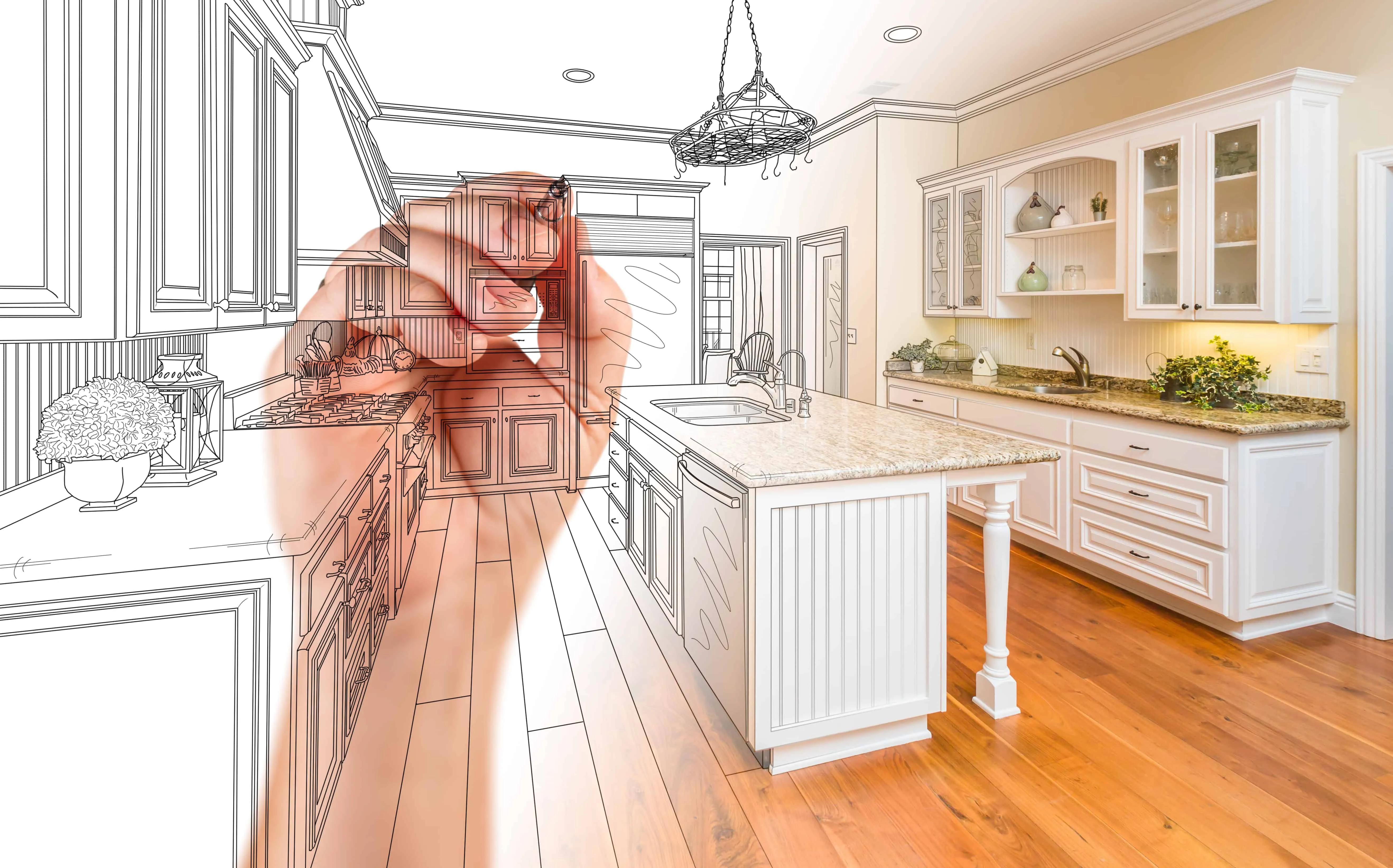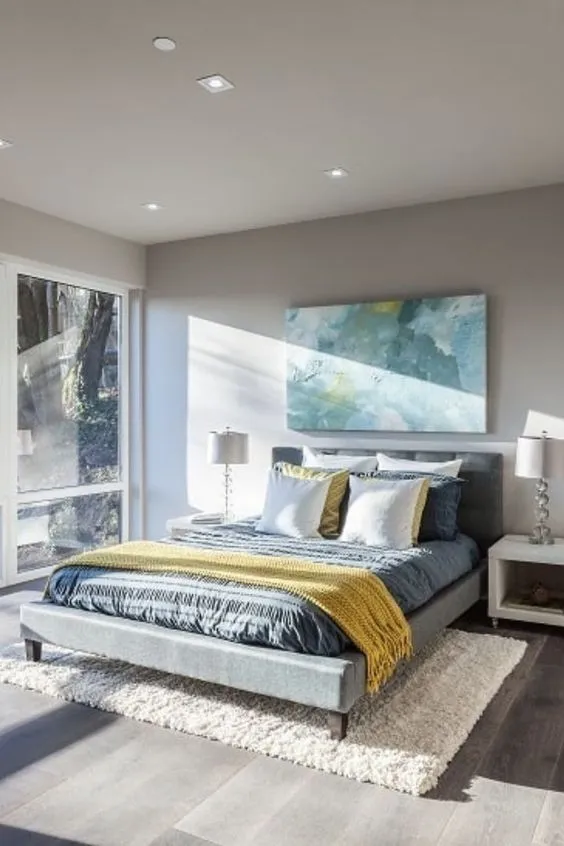There can be your advertisement
300x150
6 Ways to Extend the Life of Your Heating and Ventilation System
Your heating and ventilation system works year-round, while the average lifespan of most systems is about 12–15 years. Although replacing a heating and cooling system may be inevitable, you can find ways to extend its life. Some homeowners plan ahead for the need for repairs and set up a home warranty plan to partially cover related costs. This article describes six techniques that will help you extend the life of your heating and ventilation system.

1. Follow a Preventive Maintenance Schedule
Regular maintenance of your heating and ventilation system reduces the risk of expensive breakdowns that can shorten its lifespan. It allows the system to last longer and delays replacement. Adhering to a regular preventive maintenance schedule protects the system's warranty, saving on part replacements and other expenses. It also ensures optimal system performance, reducing electricity bills.
You can schedule annual, semi-annual or more frequent visits for preventive maintenance and AC servicing, which may include inspecting the heating and ventilation system, lubricating moving parts, checking refrigerant levels, and other activities. This can improve your system's efficiency, extend its lifespan, and save money.
2. Replace Filters Regularly
Filters in your heating and ventilation system ensure clean indoor air, improving the air quality in your space. Neglecting filters leads to system clogging with dirt, dust and debris, increasing the load on your system and shortening its lifespan. Regular filter replacement extends the life of your heating and ventilation system. This is because an efficient system reduces wear, which accelerates aging in heating and cooling systems. It also delays major repairs and part replacements.
Frequent filter replacement optimizes the performance of your heating and ventilation system, reducing energy consumption. Various types of filters are available on the market, including fiberglass, disposable, reusable and washable ones. Choose according to your heating and ventilation system manufacturer's recommendations.
3. Upgrade Insulation
Home insulation protects against heat loss through the attic, walls, floors and window and door openings. With proper insulation, you maintain a stable temperature throughout the year, so your heating and ventilation system doesn't need to work as hard, reducing wear and increasing lifespan.
If insulation is damaged or wears out over time, the heating and cooling system works under overload to achieve the desired indoor temperature, reducing efficiency and shortening lifespan. Regular inspections help detect when insulation is deteriorating before it negatively impacts your heating and ventilation system.
4. Use Automatic Settings for Your Heating and Ventilation System
Enabling the automatic mode of your heating and ventilation system means that the fan will only operate when the AC is turned on. This means it won't run continuously, reducing stress on your heating and ventilation system, decreasing wear. Using automatic mode also improves energy efficiency and lowers electricity costs.
5. Upgrade Your Thermostat
Thermostats control your heating and ventilation system, ensuring its proper operation. If your thermostat is faulty or not working correctly, the AC unit may need to work harder to reach the desired temperature. Upgrading to a programmable or smart thermostat reduces system failures, preventing costly repairs and extending the system's lifespan.
6. Use Alternative Heating and Cooling Methods
Using alternative heating and cooling methods reduces the load on your system, extending its lifespan. You can use ductless mini-split systems, geothermal systems and heat pumps for heating and cooling your home.
Conclusion
Extending the lifespan of your heating and ventilation system helps you avoid costs associated with installing a new system and purchasing new equipment. Applying the methods described above will help you extend the life of your heating and ventilation system.
More articles:
 6 Good Reasons to Start Using Home Services
6 Good Reasons to Start Using Home Services 6 Great Ideas to Make Your Home More Eco-Friendly
6 Great Ideas to Make Your Home More Eco-Friendly 6 Home Improvements That Are Worth the Money
6 Home Improvements That Are Worth the Money 6 Ideas for Decorating Walls Without a Big Budget
6 Ideas for Decorating Walls Without a Big Budget 6 Ideas for Improving the Headboard
6 Ideas for Improving the Headboard 6 Ideas for a Successful Interior
6 Ideas for a Successful Interior 6 Amazing Architectural Wonders You Must See on Your Trip
6 Amazing Architectural Wonders You Must See on Your Trip 6 Internal Tips for Finding Online Deals for Home Repairs
6 Internal Tips for Finding Online Deals for Home Repairs